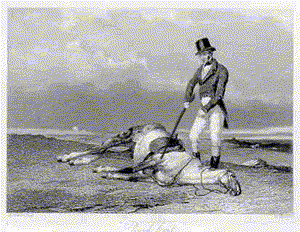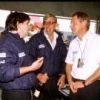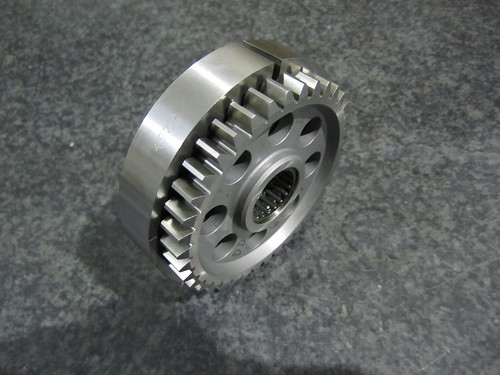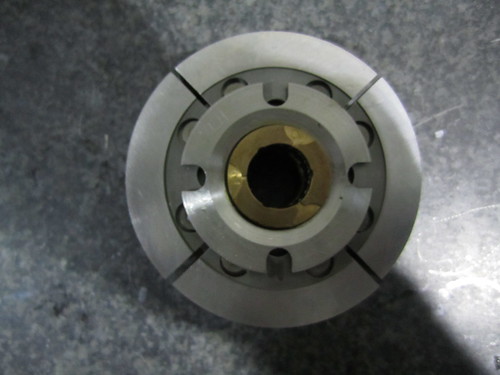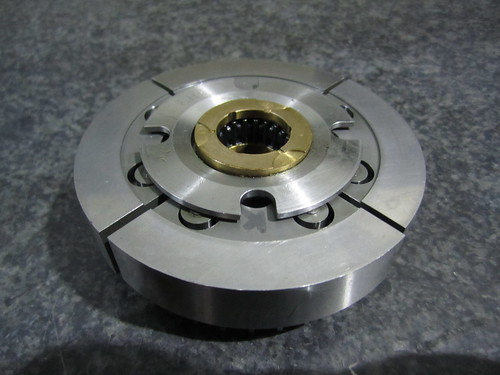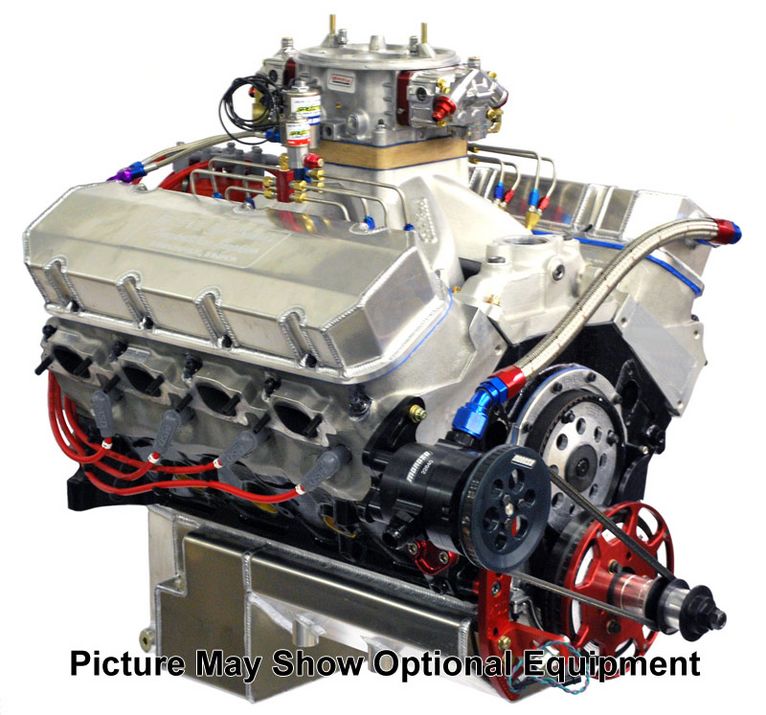Fairly common - a device to damp crankshaft torsional vibrations. The DFV device is much less common in damping the drive between two seperate shafts. Napier had to put something like that between the two (geared) crankshafts of the H-24 Sabre.
Aero engines often used torsionally flexible shafts to connect things together. Not sure if there were any between the Sabre's cranks and the reduction gear.
Each crankshaft drove two gears through straight cut spur gears. Those were attached to helically cut gears which drove the main reduction gear. These gears were mounted on a sprung balance beam. I can't quite see how the sleeve drive shafts are driven, but it looks to be from one of the first stage reduction gears on each side.
The supercharger was driven by torsionally flexible shafts which ran from the reduction gear through the sleeve drive shaft to the supercharger gears.
The Allison V-1710 had a TV damper at the rear of the crankshaft. The Rolls-Royce Merlin did not - it relied on torsionally flexible shafts. The clutches in the supercharger drive also had some slip allowed.
Both the Allison and Merlin had the cam drives off the rear of the engine. The Griffon had all accesories driven off the front (with the reduction gear) as well as the came drive. Originally the supercharger drive was taken from the front, but later versions had that coming off the rear. I think drive was taken from the front to remove as much variation between crank and cams as they could.










